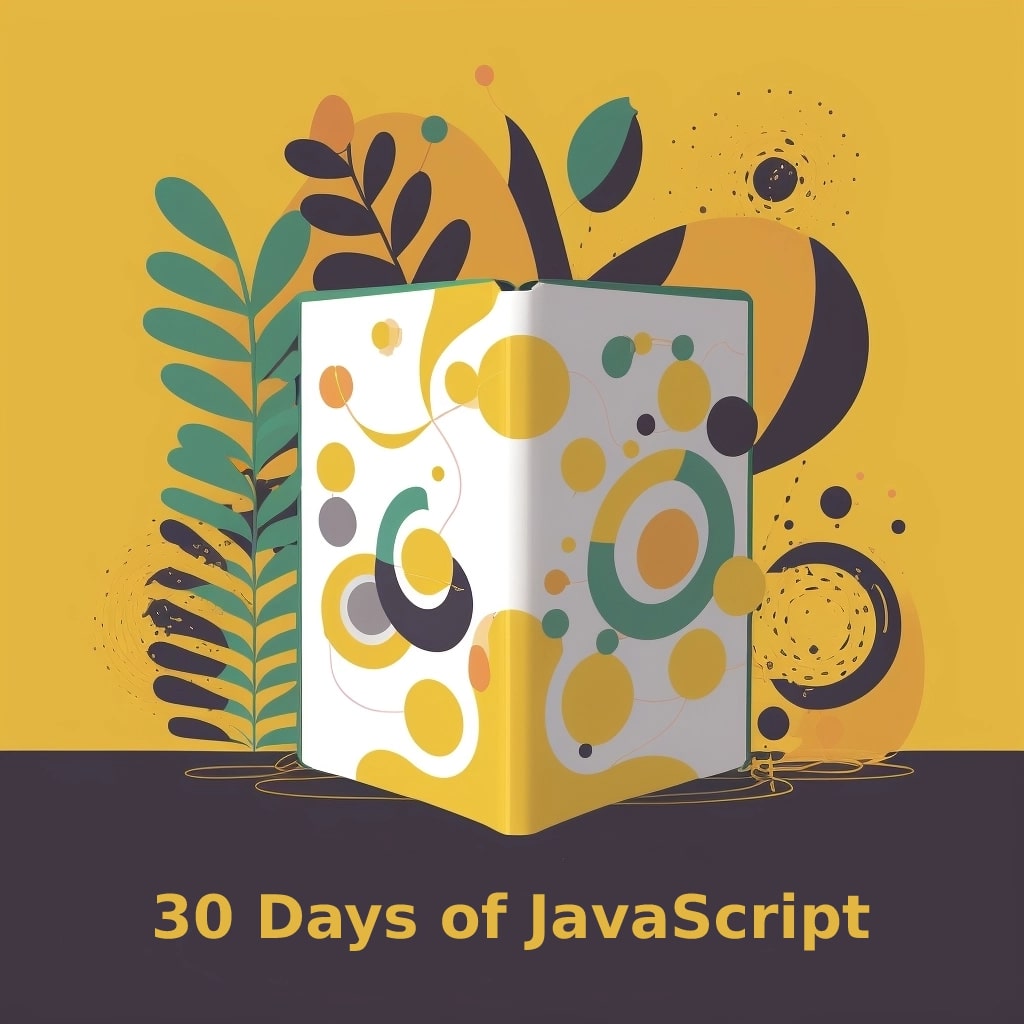Welcome to Day 18 of our 30-day JavaScript journey, where we dive into the world of Functional Programming (FP). As we explore this paradigm, we’ll not only deepen our understanding of programming principles but also enhance our problem-solving skills. Functional Programming is not just a way to write code; it’s a mindset that encourages clear thinking and structured problem-solving. Let’s dive in!
Section 1: Understanding Functional Programming
1.1 Definition and Background
Functional Programming is a paradigm that treats computation as the evaluation of mathematical functions and avoids changing state and mutable data. This paradigm has its roots in lambda calculus, a mathematical system developed in the 1930s. In functional programming, functions are first-class citizens.
1.2 Core Concepts
- Immutable Data: Cannot be changed after it’s created.
- Pure Functions: Functions without side effects.
- Declarative Programming: Focuses on what the code should accomplish rather than how it should do it.
Section 2: Pure Functions and Immutability
2.1 Pure Functions
A pure function is a function that always produces the same result given the same input and has no side effects.
Example:
function sum(a, b) {
return a + b;
}
console.log(sum(3, 4)); // Output: 7
2.2 Immutability
Immutability means that once a data structure is created, it cannot be changed.
Example:
const array = Object.freeze([1, 2, 3]); array[0] = 4; // TypeError: Cannot assign to read-only property
Section 3: Higher-Order Functions and Currying
3.1 Higher-Order Functions
Higher-order functions are functions that take one or more functions as arguments or return a function.
Example:
function greeting(name) {
return 'Hello, ' + name + '!';
}
function processPerson(greetFunction, name) {
return greetFunction(name);
}
console.log(processPerson(greeting, 'John')); // Output: Hello, John!
3.2 Currying
Currying is a technique of transforming a function with multiple arguments into a series of functions that take a single argument.
Example:
function multiply(a) {
return b => a * b;
}
const multiplyByTwo = multiply(2);
console.log(multiplyByTwo(3)); // Output: 6
Section 4: Real-World Functional Programming Patterns
4.1 Map, Filter, Reduce
Functional programming often uses these methods to process arrays.
Example:
const numbers = [1, 2, 3, 4]; const doubled = numbers.map(n => n * 2); const even = doubled.filter(n => n % 2 === 0); const sum = even.reduce((total, n) => total + n, 0); console.log(sum); // Output: 12
4.2 Memoization
Memoization is an optimization technique to cache the results of function calls.
Example:
function fibonacci(n, memo = {}) {
if (memo[n]) return memo[n];
if (n <= 1) return n;
memo[n] = fibonacci(n - 1, memo) + fibonacci(n - 2, memo);
return memo[n];
}
console.log(fibonacci(10)); // Output: 55
Section 5: Real-World Applications
5.1 Function Composition
Function composition is a mechanism to combine multiple functions into a single function. It’s a powerful concept that can create highly reusable code.
Example:
function double(x) {
return x * 2;
}
function increment(x) {
return x + 1;
}
function compose(f, g) {
return x => f(g(x));
}
const doubleThenIncrement = compose(increment, double);
console.log(doubleThenIncrement(5)); // Output: 11
5.2 Immutable Data Structures
Immutable data can lead to safer and more predictable code. By using libraries like Immutable.js, you can make sure your data structures are never changed accidentally.
Example:
const { List } = require('immutable');
const numbers = List([1, 2, 3]);
const newNumbers = numbers.push(4);
console.log(numbers === newNumbers); // Output: false
5.3 Using Higher-Order Functions in Real-World Scenarios
Higher-order functions are widely used in modern JavaScript, especially in libraries like React.
Example:
// A higher-order component in React
function withLoading(Component) {
return function(props) {
if (props.isLoading) {
return <Loading />;
}
return <Component {...props} />;
};
}
5.4 Currying in Practical Scenarios
Currying is useful when you want to transform a function that takes multiple arguments into a series of functions that take part of the arguments.
Example:
function multiply(x) {
return y => z => x <em> y </em> z;
}
const multiplyByTwo = multiply(2);
const multiplyByTwoAndThree = multiplyByTwo(3);
console.log(multiplyByTwoAndThree(4)); // Output: 24
These real-world applications are more than theoretical constructs. They offer practical, tangible benefits, helping us write cleaner, more reusable code that resonates with the functional programming paradigm. By integrating these concepts into our daily coding practices, we can elevate the quality and maintainability of our codebase.
Conclusion
Today, on Day 18, we ventured into the fascinating world of Functional Programming, embracing principles and practices that enrich our understanding of coding. We’ve unlocked pure functions, immutability, and currying, each holding its unique essence.
The code samples and insights shared here not only resonate with theoretical comprehension but guide us to write cleaner, more maintainable code. They echo the heart of a paradigm that’s mathematical in nature yet beautifully simple in application.
We’ve not merely learned but evolved, taking a big stride in our continuous journey through JavaScript’s landscape. Our path is illuminated, but many more miles lie ahead, with wonders waiting to be discovered.
Join us on Day 19 as we embark on yet another exhilarating expedition. The pages of JavaScript are filled with uncharted territories and hidden gems. Together, let’s explore, innovate, and thrive. See you tomorrow!
We’ve tried our best to explain everything thoroughly, even though there’s so much information out there. If you found our writing helpful, we’d really appreciate it if you could buy us a coffee as a token of support.
Also, if you’re interested in learning more about WordPress, Javascript, HTML, CSS, and programming in general, you can subscribe to our MailChimp for some extra insights.

